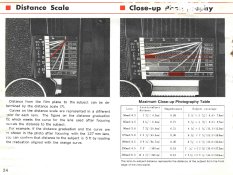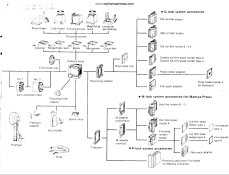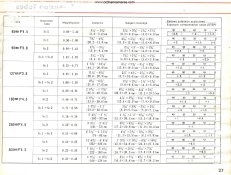And we're back to RB67, at least for what I'm reading that you want.
I have 645, 6x6 (via Graflex 22 roll film back) and 6x7 backs for mine. The 6x6 doesn't provide dark slide interlock and because the other 120 backs are first-gen (Pro rather than ProS or ProSD) they don't have double exposure interlock, but aside from the meter in my chimney finder, these are battery free, 100% mechanical -- and with the shutter in the lens, if a shutter goes down a lens switch will get me back to a working shutter, so I don't have to poke at it and try to figure out if it's broken or just jammed when I should be composing and exposing.
Lenses range from 37mm fisheye, 50mm rectilinear, to 360 or 500 mm (I've got a 50, 90, and 250, plus a 2x teleconverter). The 50 and 65 are retrofocus (37mm too), 90 and 127 normal, 150 and longer are "tele" -- with the result that the balance and weight don't change much as you swap lenses, and all of them except the fisheye take 77mm filters. Put on a prism finder (under $100 when I got mine) and left hand grip (includes a trigger with simple lever to operate the body mounted shutter release), with a good strap (special strap lugs are easy to get on eBay) it's a fairly comfortable walking-around camera that really builds upper body strength -- and because of the rotating back, there's no turning the camera on its side to switch from vertical to horizontal.
Film backs are repairable items, and of course they come off quickly and easily in case of problems. If you get extra film backs, you can preload and swap backs in seconds, or carry one with fast, one with slow, or one color and one B&W. Film backs are reasonably priced, too (though the 645 is probably higher, because it's less common, and the Mamiya 6x6 back is pretty rare, any 2x3 Graflok mount film back will work, with loss of dark slide and double exposure interlock functions). There's even (intermittently) an Instax back for the system.












